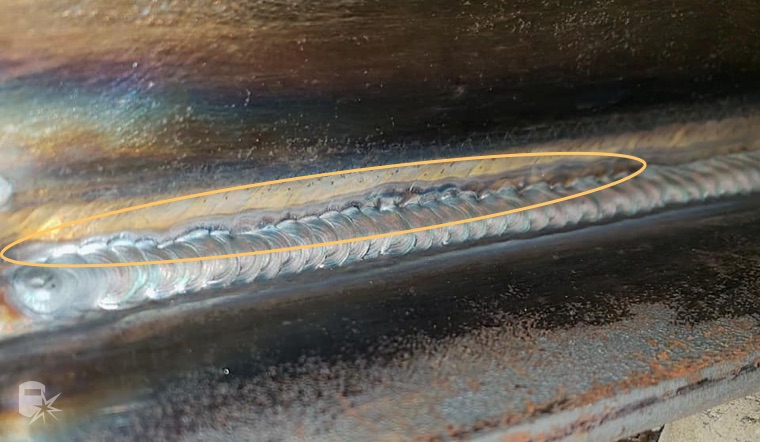Your Complete Handbook to Preventing Weld Undercut Like a Pro
Your Complete Handbook to Preventing Weld Undercut Like a Pro
Blog Article
Understanding the Art of Welding: How to Prevent Undercut Welding Issues for Flawless Fabrication Results
Performance and precision are extremely important on the planet of welding, where also the slightest flaw can endanger the structural stability of a made piece. One typical obstacle that welders face is damaging, a problem that can damage a weld joint and lead to expensive rework. By recognizing the source of undercut welding and carrying out reliable techniques to avoid it, welders can boost their craft to brand-new levels of excellence (Preventing weld undercut). In the search of flawless construction outcomes, understanding the art of welding to avoid undercut problems is not simply an ability yet a necessity for those pursuing excellence in their job.
Comprehending Undercut Welding

To prevent undercut welding, welders ought to make sure appropriate welding criteria, such as readjusting the existing, voltage, traveling rate, and keeping the proper electrode angle. By understanding the reasons of undercut welding and implementing preventive steps, welders can accomplish premium, structurally sound welds.
Reasons For Undercut in Welding
Recognizing the factors that add to damage in welding is vital for welders to generate premium, structurally audio welds. Inadequate welding incorrect or present welding rate can also contribute to damage. Understanding these causes and carrying out proper welding techniques can assist protect against undercutting issues, making sure solid and resilient welds.
Strategies to stop Undercutting

To reduce the danger of undercutting in welding, welders can employ strategic welding techniques intended at boosting the top quality and stability of the weld joints. Furthermore, utilizing the appropriate welding technique for the specific joint configuration, such as weave or stringer grains, can add to minimizing undercutting.
Additionally, appropriate joint preparation, including ensuring tidy base materials without impurities and utilizing the suitable welding consumables, is essential in avoiding undercut defects. Using back-step welding methods and controlling the weld grain account can also aid disperse heat equally and lessen the risk of undercut. Normal assessment of the weld joint during and after welding, along with carrying out quality guarantee procedures, can aid in addressing and identifying undercutting concerns immediately. By implementing these strategies diligently, moved here welders can attain flawless manufacture results with minimal undercut flaws.
Significance of Appropriate Welding Criteria
Selecting and preserving proper welding parameters is vital for attaining effective welds with minimal problems. Welding specifications describe variables such as voltage, existing, travel speed, electrode angle, and protecting gas circulation price that straight influence the welding procedure. These parameters should be very carefully readjusted based upon the kind of product being bonded, its density, and the welding strategy used.
Correct welding parameters ensure the correct amount of warmth is applied to melt the base metals and filler material uniformly. If the parameters are set expensive, it can result in extreme heat input, causing spatter, burn-through, or distortion. On the other hand, if the criteria are also reduced, insufficient combination, lack of penetration, or undercutting might take place.
Top Quality Guarantee in Welding Workflow

Conclusion
To conclude, understanding the art of welding needs an extensive understanding of undercut welding, its causes, and strategies to avoid it. By guaranteeing correct welding specifications and executing quality control methods, flawless manufacture outcomes can be achieved. It is essential for welders to constantly pursue quality in their welding operations to avoid navigate to this website undercut problems and produce high-grade welds.
Undercut welding, a typical defect in welding procedures, occurs when the weld steel doesn't appropriately fill the groove and leaves a groove or clinical depression along the welded joint.To stop undercut welding, welders should make certain proper welding specifications, such as adjusting the present, voltage, traveling speed, and preserving the correct electrode angle. Insufficient welding existing or incorrect welding speed can likewise add to undercut.To alleviate the threat of undercutting in welding, welders can utilize strategic welding methods intended at boosting the quality and stability of the weld joints.In verdict, understanding the art of welding requires a detailed understanding of undercut welding, its causes, and techniques to avoid it.
Report this page